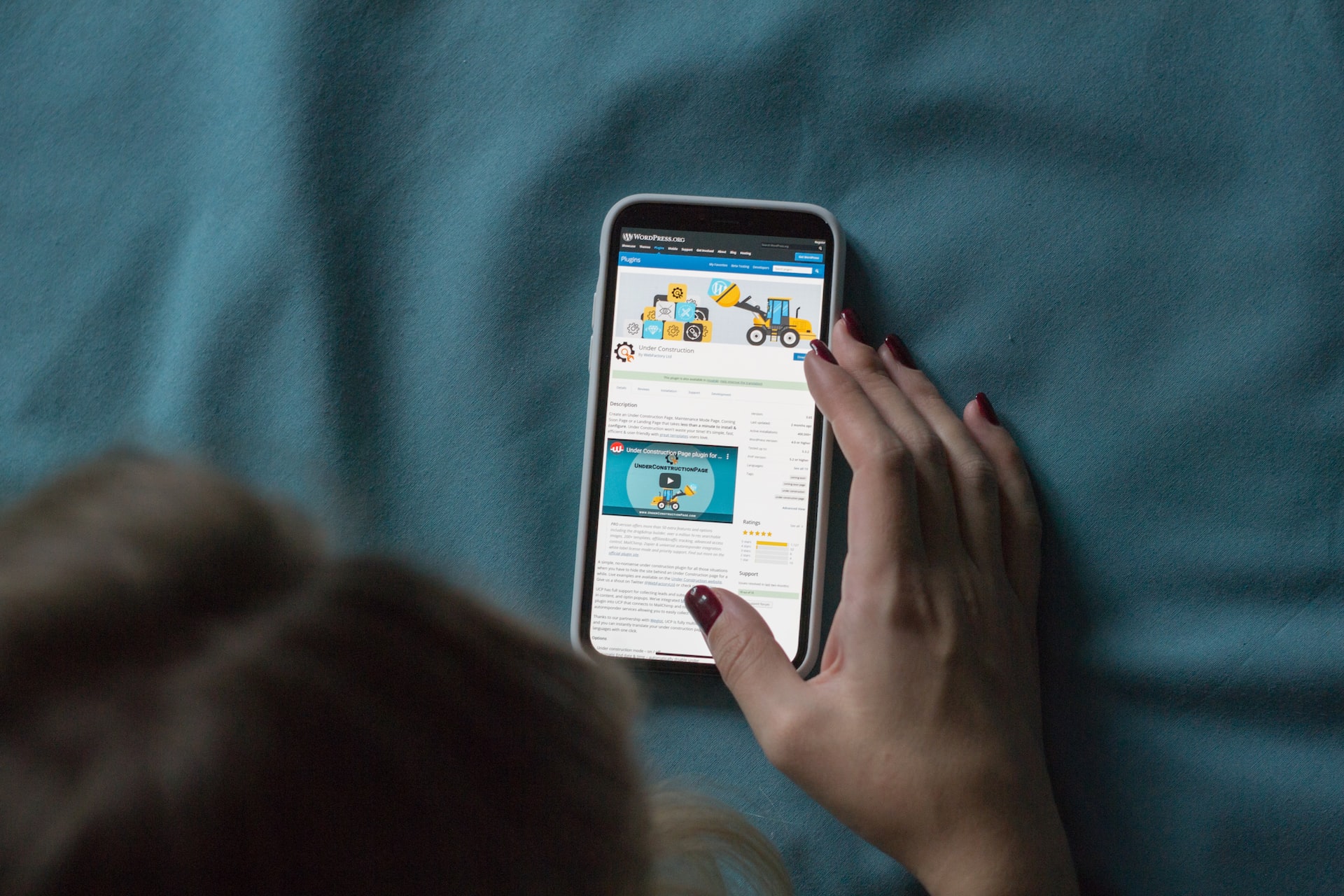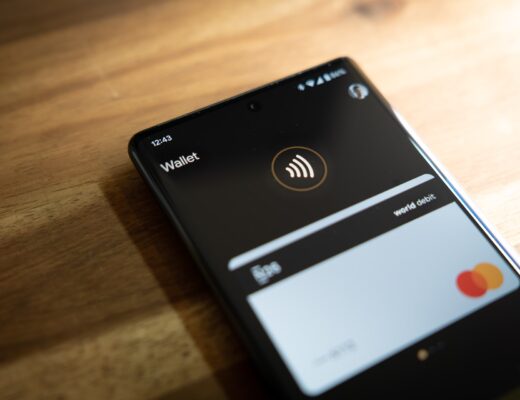How PWA works: technology features for transforming a website into an app
PWA is a technology that allows you to transform a website into a mobile application. It first became known in 2002, when Microsoft presented its concept. Seven years later, such an application appeared in Apple, but in both cases, the interfaces of the service were not very convenient, so users left PWA without due attention.
The technology was mentioned again in 2015 at the suggestion of Google, which presented support for Service Worker. And that’s when the solution was really appreciated. Its users became much more numerous when, a few years later, Microsoft created a program that simplified the process of developing PWAs.
At this point in the development of the technology has advanced significantly, and the solution combines the features of a website and a mobile application at the same time. For example, as an app, PWA can be used in offline mode, as it contains cached information about the user’s past transactions. Thus, even in the absence of the Internet, it is possible to perform actions, albeit in a limited number. The user can add items to the cart, but will not be able to place an order.
The PWA is updated automatically, but it is possible to disable this function. In addition, like apps, push notifications come in, which can be personalized offers or reminders of favorite products. Regarding features similar to sites, PWA has a high level of security. The technology uses the HTTPS protocol, which provides reliable protection against data leakage. SEO tools are also available here, allowing you to influence search engine rankings and traffic volume.
Regarding features similar to sites, PWA has a high level of security. The technology uses the HTTPS protocol, which provides reliable protection against data leakage. SEO tools are also available here, allowing you to influence search engine rankings and traffic volume.
PWA has excellent prospects for development and increasing popularity. The technology saves time and resources in developing an application and adapting it for different operating systems. Thanks to PWA you can install the application on any device, and it will work fully, and its launch is several times cheaper and faster.
Another advantage of the technology is the small size of the product. While a standard application weighs about 100 MB, PWA weighs up to 50 MB, allowing it to load faster.
Despite a large number of pluses, you have to realize that the technology is still imperfect. For example, PWA contributes to the fact that the device will run down faster. The reason in this case is the programming language in which the product is written – JavaScript, which affects the battery consumption. In addition, so far PWA has a limited set of features, but experts are working to expand the capabilities of the application. Proceeding from the listed disadvantages, it is necessary to make a weighted decision in what case the PWA option is necessary for the company.










